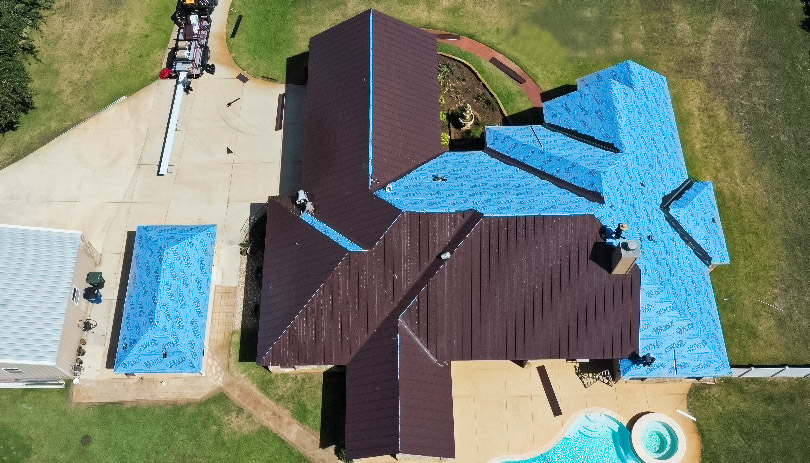As a homeowner, you’ve likely invested a great deal of time, money, and love into your property. Your house isn’t just four walls and a roof; it’s the place where memories are made, where laughter echoes through the halls, and where you find comfort after a long day.
But what happens when that protective barrier – your roof – is threatened by damage? You might feel overwhelmed or even anxious about dealing with insurance claims for roof damage.
Well, let me reassure you: you’re not alone in this journey. That’s why we’ve put together this ultimate guide to help streamline the process of understanding and filing insurance claims for roof damage. We’ll walk through identifying common types of roof problems, explain what steps to take immediately after noticing an issue, delve into policy details including common exclusions in coverage, and also teach you how to maximize your reimbursement.
It’s like having a trusted friend holding your hand every step of the way! So grab a cuppa joe or tea (whatever floats your boat), sit back on your comfy couch and let’s navigate these waters together!
Identifying Types of Roof Problems
You’ve got to know the types of roof problems you might encounter, so let’s break them down and make sense of it all.
Imagine coming home after a storm, finding water stains on your living room ceiling or even worse, a gaping hole where your beautiful roof used to be. The horror! But don’t fret; understanding what caused the damage is half the battle won.
Let’s start with weather-related issues – wind can lift shingles off your roof, hail can pelt and dent them, while rain and snow can seep through cracks causing leaks. On top of that, heat from the sun could cause your shingles to crack or warp over time.
Now we’re getting somewhere! But wait there’s more; aside from Mother Nature’s tantrums, other culprits could be lurking around. Age plays its part as well – an old roof will naturally wear out and become more susceptible to damage. Poor installation or improper ventilation could accelerate this process leading to sagging roofs or moisture build-up resulting in mold and mildew growth – yikes! And then there are pests like rodents that may gnaw at your roof causing structural damage.

It sounds overwhelming, I know, but remember knowledge is power – understanding these potential issues helps you keep an eye out for trouble spots on your beloved shelter above us all.
Steps to Take Immediately After Noticing Roof Issues
As soon as you spot any signs of trouble overhead, it’s crucial to spring into action with a well-thought-out plan to nip the issue in the bud. Don’t let that small leak or missing shingle turn into a monster headache!
First things first, document everything. Whip out your smartphone and start snapping pictures of all visible damage from various angles. Jot down some notes about when you noticed the problem, any recent weather events that could’ve contributed, or anything else pertinent to your situation. This will come in handy when dealing with insurance claims.
Next up, reach out for professional help pronto – remember time is of essence here! Contact a reputable roofing contractor who can assess the extent of damage and provide an estimate for repairs. Also inform your homeowner’s insurance company about the situation at hand; they might have specific procedures for you to follow or require an adjuster visit before the work begins.
While it might feel like a whirlwind initially, take deep breaths and tackle one step at a time – because hey, this is what being a proactive homeowner is all about!
Navigating the Policy: What’s Usually Covered
Navigating the maze of your policy can feel overwhelming, but don’t lose heart – many types of damage are typically covered. Let’s figure this out together, shall we?
Think of it like a puzzle, where each piece represents a different type of coverage you might have. Some policies cover wind and hail damage, which is great if a storm has ripped through your neighborhood. Others may include coverage for damages caused by fire or vandalism.
So, take a deep breath and let’s dive in to understand what exactly is protected under your roof insurance policy.
Now, remember that not all policies were created equal – just like each one of us, they’re unique in their own ways! Your policy might not cover ‘wear and tear’or damage from lack of maintenance. It’s important to maintain regular upkeep on your roof to prevent any potential issues that could be rejected by the insurer.
And oh boy! The fine print can sometimes hold surprises too – like exclusions for specific kinds of events or limit amounts for certain types of damages. But hey! You’ve got this – with careful reading and possibly some expert advice you’ll get the full picture about what’s covered and what’s not in no time at all!
Pitfalls: Common Exclusions in Coverage
Hold on tight, because here’s where we tread into tricky territory – the common exclusions in your coverage. You might think you’re fully protected against roof damage, but that’s not always the case. Insurance companies often have a list of situations they won’t cover, which may leave you footing the bill for costly repairs.
Commonly excluded are damages caused by neglect or lack of maintenance, meaning if you’ve been ignoring those minor leaks or missing shingles, your claim could be denied. Similarly, cosmetic damages that don’t affect your home’s structure might also not be covered.
Now let’s delve deeper into another significant exclusion – aging roofs. Your trusty old roof might have served you well over the years, but it could become a problem when filing an insurance claim. Many insurers exclude coverage for roofs over a certain age or wear and tear due to age.
Also worth noting is that some policies exclude specific types of damage like mold or pest infestations resulting from roof damage. It’s crucial to understand these exclusions before disaster strikes; knowing what’s not covered can make it easier to plan and budget for potential roof repairs in the future.
The Procedure for Filing a Claim
When it’s time to file a claim, you’ll need to know the ins and outs of the process so that you’re not caught off guard. It’s like preparing for a dance; knowing the steps in advance helps you move smoothly across the floor.
First off, contact your insurance company as soon as possible after noticing the damage. Document everything—take photos or videos of the affected area, jot down dates and details about weather conditions when damage occurred—it all matters.
After filing your claim, an adjuster will visit your home to assess the damage. But remember, their job isn’t just to help you; they’re also safeguarding the insurer’s interests.
Now here comes a crucial part – understanding what happens next can feel like trying to solve a mystery novel before reaching its end! Once your adjuster has evaluated everything, they’ll write up an estimate for repairs based on current market prices for labor and materials.
You’ll then receive this ‘claim settlement’ proposal from your insurance company—and here’s where you might want some professional advice. Consider hiring a public adjuster or attorney who specializes in insurance claims if things start looking too complex or if you disagree with your insurer’s evaluation.
Remember, it’s not just about getting through these steps; it’s about ensuring at every turn that what you’re doing is truly in your best interest!

Maximizing Your Reimbursement
So, you’re probably wondering how to get the most bang for your buck when it comes to reimbursement, right? Well, that’s where we come in.
The first thing you need to remember is not to rush through the claim process. Take your time! Be thorough in documenting all damages and repairs needed. This means taking plenty of photos and notes before any repair work begins. You’ve got this!
Also, keep close communication with your insurance adjuster – they’re there to help guide you on how best to present your claim.
Another helpful tip: don’t forget about depreciation! Some policies will reimburse you for the depreciated value of your roof (i.e., its value after factoring in wear and tear), then give additional funds once repairs are complete. So don’t just settle for the initial payout; follow up with them after your contractor finishes fixing things up nicely.
And remember, always choose a trustworthy and reputable roofing contractor who can provide a detailed estimate as well as stand behind their workmanship. Trust me, getting the maximum reimbursement isn’t just about luck – it’s about being informed, prepared, and assertive throughout this journey!
Hiring a Professional for Repairs
Choosing the right professional to handle your repairs can make all the difference – it’s not just about skill, but about integrity and reliability as well.
You see, the person you hire will be responsible for breathing life back into your damaged roof and ensuring that you’re no longer at the mercy of unpredictable weather. They’ve got to be someone who won’t take advantage of your situation or leave you with subpar workmanship.
So, how do you find them? Start by asking around for recommendations in your network—friends, family members, neighbours—and then cross-check those suggestions with online reviews.
Now let’s get down to brass tacks: when you’ve shortlisted a few potential contractors, don’t shy away from conducting interviews. It’s essential that they can answer all your questions confidently and transparently; after all, this is about securing peace of mind in a home that shelters you and yours.
Ask about their experience with insurance claims specifically—do they understand the process? Can they advocate for you if needed? Also ensure they are licensed and insured themselves—it’s a vital safety net should anything go awry during repairs.
Remember: hiring a professional isn’t just a business transaction—it’s an investment in safeguarding what’s likely one of your most significant assets—your home sweet home!
